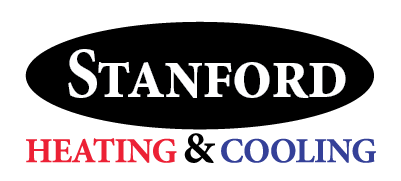
Even if temperatures are ideal indoors, some homeowners still think their sense of comfort does not feel satisfactory. The usual reason is poor indoor air quality, with allergens and airborne debris stirring up all sorts of problems. From exacerbating asthma to promoting mold, fighting for high air quality should be considered an important part of your overall HVAC plan.
Fortunately, homeowners have a solution at hand. Whole-house air purifiers can clear these troublesome particles, for better health and well-being. And as the name points out, they’re sufficiently powerful to do so for the entire house! Air purifier installation from Stanford Heating & Cooling could be just what you need to resolve those lingering comfort problems.
But wait, aren’t there portable air purifiers you can use instead? While the principle is similar Is the Smarter Choice
Cost can be a thorny obstacle, and some people view the cost of a portable air purifier as an important factor in the decision. But when the goal is optimal air quality all year long, the effectiveness of whole-house air purification becomes undeniable:
- A single system ensures clean air throughout your home: You won’t have to drag a portable purifier around from room to room since whole-house models are powerful enough to eliminate pollutants across your entire home.
- Far more economical over time: Rather than keeping multiple units in different rooms, a single, whole-house air purification system protects air quality for a very long time. This dependable air filtration also keeps dust and debris from making it into the rest of your HVAC system, which in turn can help with the efficiency of your heating and cooling.
- Reduced upkeep needs due to fewer filter clogs and lower pollution levels: A clog in the air filter is one of the most common reasons you notice problems with your HVAC system’s performance. A whole house air purifier can keep these filters from clogging in the first place with their innovative design. For example, air purifiers with a HEPA filter give you access to superior air quality for residential properties.
For a Typical Household, Look for MERV Ratings Around 8
The Minimum Efficiency Rating Value (MERV) system was developed to help homeowners make informed decisions about the degree of air filtration they’re working with. While high MERV ratings mean more filtration, that may not be something your average home demands.
The scale is rated all the way to 20, but this would be excessive outside of specialized facilities like the surgery theater in a hospital. For your own personal use, a MERV rating of 8 is usually more than sufficient. The air quality experts at Stanford Heating & Cooling can help you determine precisely which option will fully meet your needs.

